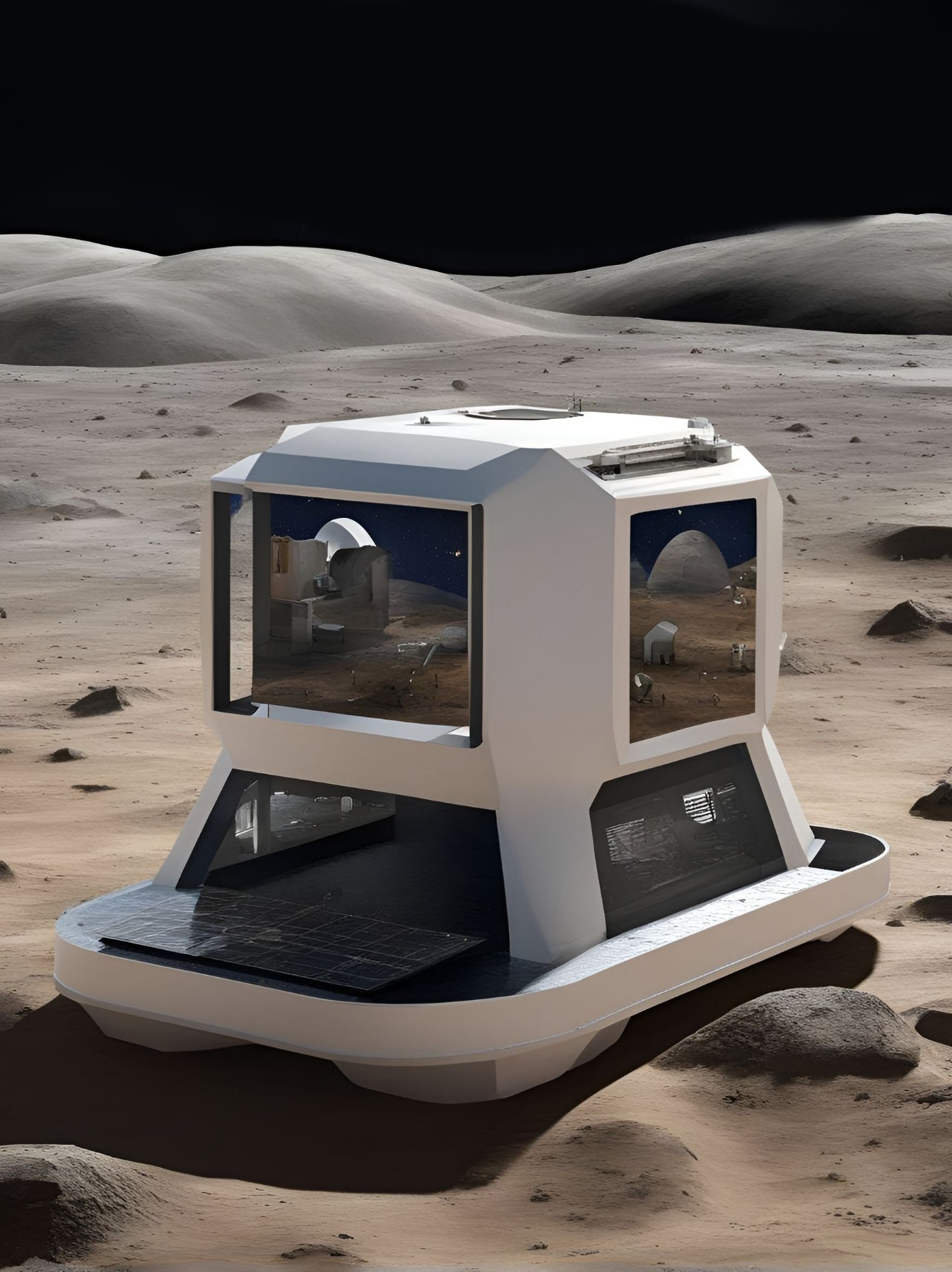Concerned about the growing number of species on the brink of extinction each year, scientists propose creating a large “freezer” to store animal DNA. The best option for this is suggested to choose the Moon.

This ambitious idea is supported by Mary Hagedorn, a research fellow at the Smithsonian Institution. She has successfully used cryopreservation to preserve coral and now proposes to build a lunar “Noah’s Ark” to store animal DNA. The Moon is an ideal location because of its distance from man-made disasters and low natural temperatures, making it easy to freeze.
“Such a biorepository would safeguard biodiversity and act as a hedge against its loss occurring because of natural disasters, climate change, overpopulation, resource depletion, wars, socioeconomic threats, and other causes on Earth,” the researchers said.
Decade Program
The plan includes the creation of a bank of cryogenically frozen animal skins and tissues that will be expanded over time to include plants. A wide range of fauna and flora samples will play an important role in creating sustainable ecosystems during space missions, on another planet or on Earth.
Scientists recognize that implementing such an ambitious project will have many challenges, including protecting DNA from radiation, transportation to the Moon, and the effects of microgravity on the samples. This will be a “decades-long program” that will require international cooperation.
Obstacles of the Lunar Ark
Another significant barrier is cost. Although it would be cheaper to build a storage facility on Earth, it would be much more economical to maintain such a facility on the Moon. The cost of creating a storage facility on the Moon is estimated to be five on a scale of one to five, where one is the cheapest and five is the most expensive. But the cost of maintenance on Earth is five, and on the Moon it’s two.
The idea of storing DNA on the Moon is not new. In 2021, a team from the University of Arizona proposed building a similar ark to store seeds, eggs, sperm and DNA. However, the new proposal would utilize the moon’s low temperatures to reduce maintenance requirements and costs. The Moon’s South Pole has a stable temperature that never rises above -196°C, which will facilitate cryogenic preservation of materials.
More than 1.3 million samples are now stored in Norway’s “Doomsday Vault” as a defense against natural and man-made disasters. Given the current state of affairs on Earth, a lunar reservoir may be a safer idea for preserving biodiversity for future generations.
We previously reported on the difficulty of returning from the Moon to Earth.
According to gizmodo.com


